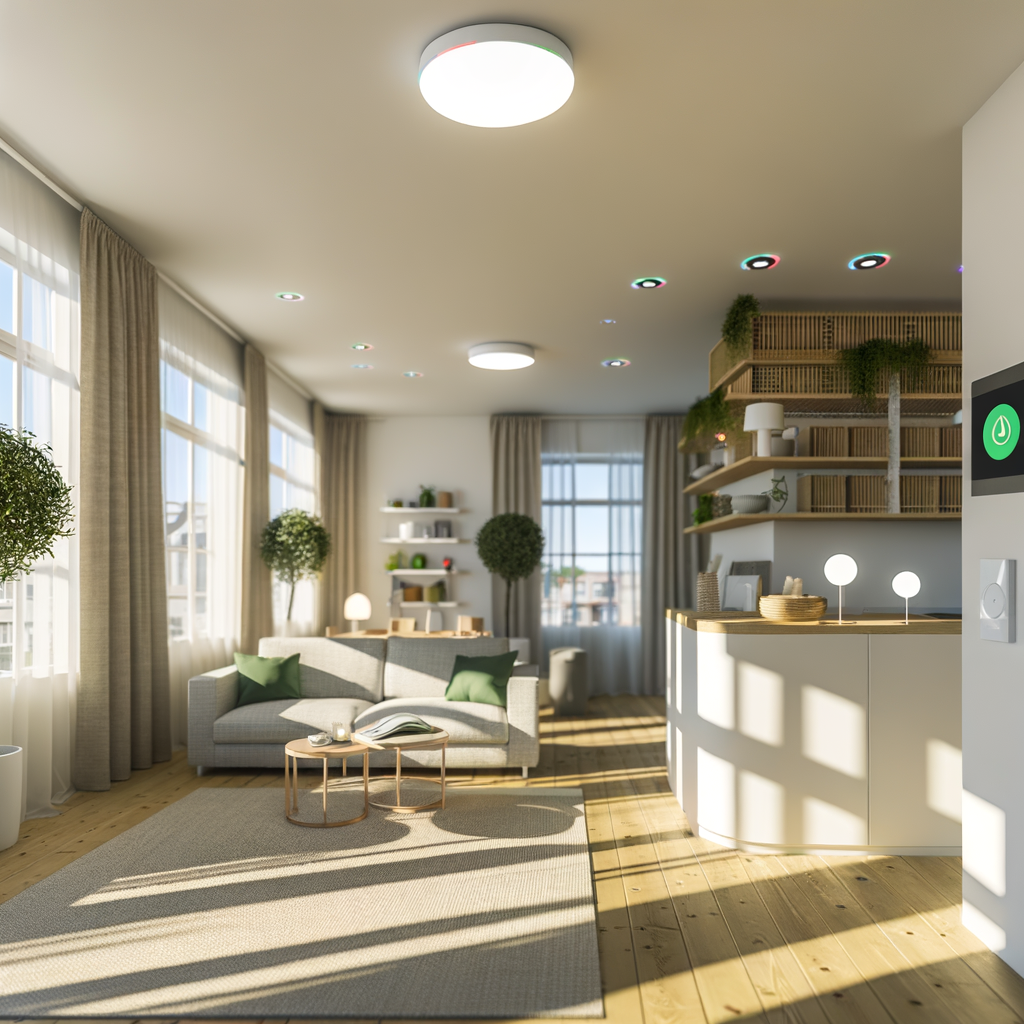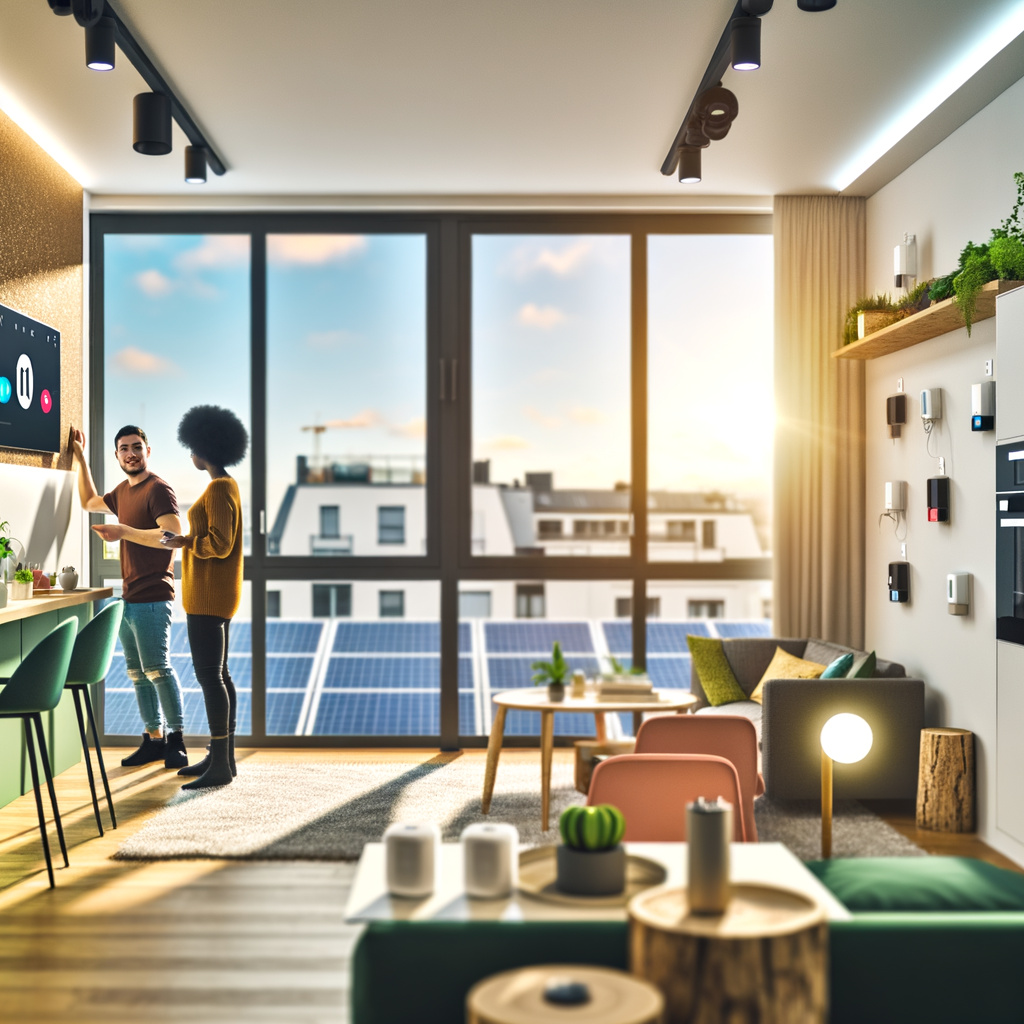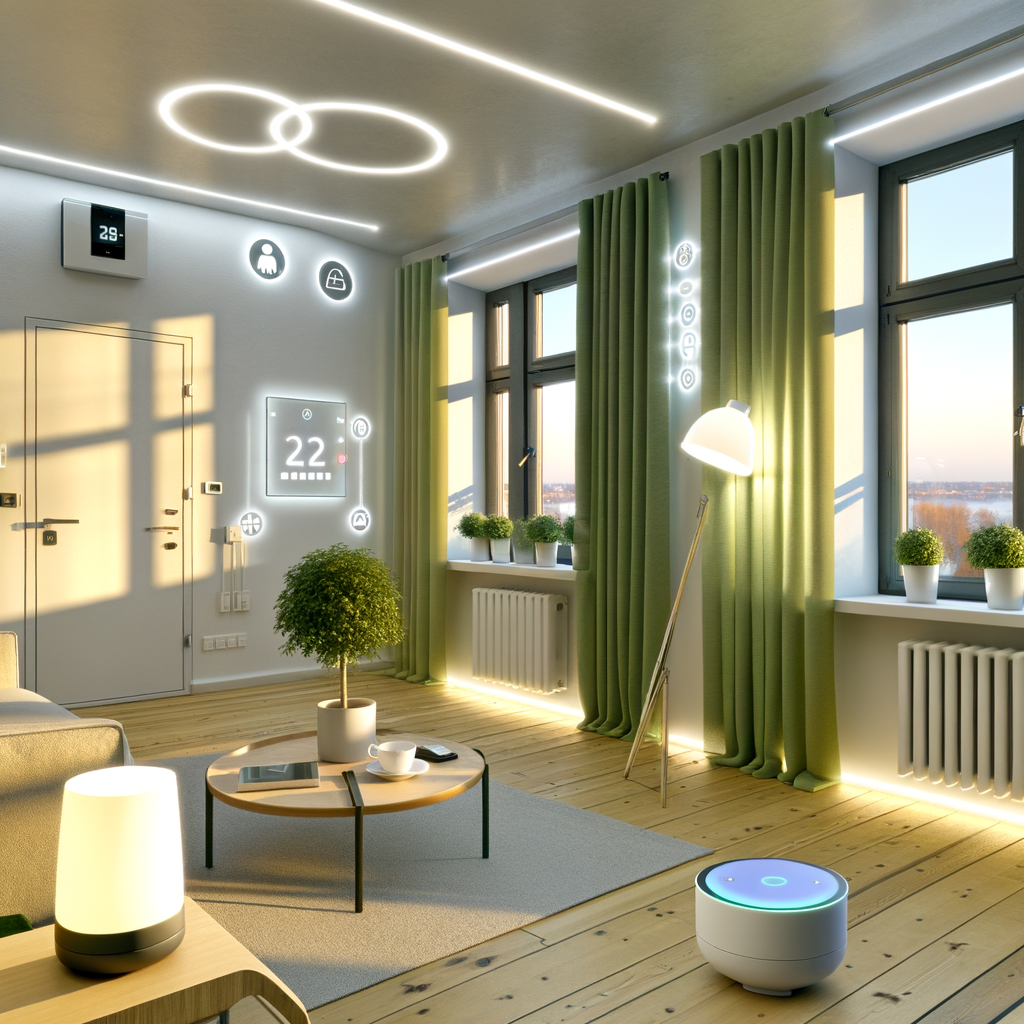Myth-Busting Smart Homes: 7 Common Misconceptions Renters Have About Energy-Efficient Tech
Smart home technology isn’t just for luxury homes or tech enthusiasts—it’s becoming an increasingly accessible way for everyone, including renters, to boost comfort, security, and energy efficiency. Still, there are plenty of misconceptions floating around that discourage many tenants from embracing energy-efficient devices.
Let’s dispel the most common myths, reveal how smart tech can truly benefit renters, and explore easy steps you can take to make your rental more eco-friendly—without breaking the bank or your lease agreement!
1. Myth: “I Can’t Install Smart Home Devices as a Renter”
Many renters believe they aren’t allowed to install any smart tech because they don’t own the property. But the truth is, there are plenty of devices made specifically for renters—no electrical rewiring or permanent installation required.
Why This Myth Exists
- Concerns about violating lease agreements
- Assumption that everything must be hardwired
- Fear of damaging property and forfeiting a deposit
What You Can Actually Do
- Look for plug-and-play devices: Many smart plugs, bulbs, and thermostats require nothing more than an existing outlet or socket.
- Seek landlord approval for minor upgrades: Smart thermostats or doorbells often just replace standard models. Often, landlords appreciate energy-saving and security improvements!
- Use non-permanent adhesives: Many security cameras or sensors come with removable strips or magnetic mounts.
Actionable Tip: Always check with your landlord before making changes, and opt for tech that is easy to remove or reinstall if you move.
2. Myth: “Smart Home Tech Is Too Expensive for Renters”
The image of smart homes dripping in expensive gadgets is outdated. Today’s market offers a range of affordable options that often pay for themselves over time through energy savings.
Why This Myth Exists
- Early adopters paid steep prices a decade ago
- Perception shaped by high-end home automation showcases
- Lack of awareness about budget-friendly products
Affordable Options to Try Now
- Smart plugs: Start automating and tracking power use for as little as $10-15 a plug.
- LED smart bulbs: Choose Wi-Fi-enabled bulbs without rewiring—many under $15 each.
- Entry-level smart thermostats: Some models cost under $100 and work with your existing system.
Actionable Tip: Calculate your old utility bills, then compare after adding smart devices. Many renters see noticeable monthly savings!
3. Myth: “Energy-Efficient Tech Won’t Make a Difference in a Rental”
There’s a persistent belief that rentals—especially older buildings—are hopelessly inefficient and that smart tech can’t really help.
Why This Myth Exists
- Older units often have drafty windows or outdated appliances
- Renters may feel powerless to effect meaningful change
The Surprising Impact You Can Have
- Automated lighting: Reduce “phantom” energy costs with motion sensors and timers.
- Smart thermostats: Even small temperature tweaks can cut hundreds of dollars per year from bills.
- Power monitoring: Identify energy vampires (devices wasting power in standby mode) using smart plugs.
Actionable Tip: Even in older buildings, renters can often cut their annual energy use by 10% or more with simple, smart home upgrades.
4. Myth: “Smart Home Tech Compromises My Privacy”
Privacy is a real concern—but many renters overestimate the risks. Most leading brands offer robust privacy controls, and you choose what, if anything, to share in the cloud.
Why This Myth Exists
- High-profile news about camera hacking or data breaches
- General distrust of “always listening” devices like smart speakers
How to Stay Secure and Private
- Buy reputable brands: Stick to companies with solid privacy policies and security track records.
- Customize device settings: Turn off sharing, voice command storage, or set devices only to operate locally as much as possible.
- Change default passwords: Always create strong, unique passwords for each device and app.
- Use 2-factor authentication: Enable extra login security via your smartphone.
Actionable Tip: Research each device carefully—manufacturers like Google, Amazon, and Apple regularly update privacy features and are quick to patch vulnerabilities.
5. Myth: “Smart Tech Is Too Complicated or Won’t Work with My Devices”
The jargon and ecosystem wars (Google vs. Amazon vs. Apple) can make smart home tech seem intimidating. But modern devices are designed with renters’ ease in mind.
Why This Myth Exists
- Bad experiences with first-generation products
- Confusion over compatibility and setup
Easy Ways to Get Started
- Universal standards: New platforms like Matter and Thread are making cross-brand compatibility the norm.
- All-in-one apps: Most devices allow control from your smartphone—no complicated hubs required.
- Step-by-step guides and video tutorials: Setup time for new smart bulbs or plugs averages just minutes.
Actionable Tip: Focus on devices labeled “Works with Alexa/Google Home/Apple HomeKit” for maximum ease. Start with a single device, then expand as your confidence grows.
6. Myth: “Using Smart Tech Means Losing Control When I Move Out”
Many renters worry they’ll lose money or utility if they must leave smart upgrades behind. Thankfully, most renter-friendly smart devices are designed to move right along with you.
Why This Myth Exists
- Confusion between permanent and portable installations
- Assuming all smart home upgrades are like in-wall wiring
Smart Devices You Can Take With You
- Smart plugs and bulbs—Just unplug them and pack in your moving box.
- Portable security cameras—Magnetic or adhesive mounts come off without a trace.
- Some thermostats—Especially if you keep the original faceplate to re-install for the next renter.
Actionable Tip: Store all original mounting hardware and instructions. When moving out, reset devices and restore any “fixed” items to the original state to avoid deposit issues.
7. Myth: “Landlords Won’t Allow Any Smart or Energy-Efficient Upgrades”
While not every landlord is tech-savvy, many are open to smart upgrades—especially those that add value or lower utility costs.
Why This Myth Exists
- General policy against modifications
- Perception of complexity or risk
How to Get Landlord Buy-In
- Pitch energy or security benefits: Highlight how smart thermostats cut costs and smart locks improve security (sometimes justifying higher rent in the future!).
- Offer professional installation: Provide proof that upgrades won’t cause any damage.




